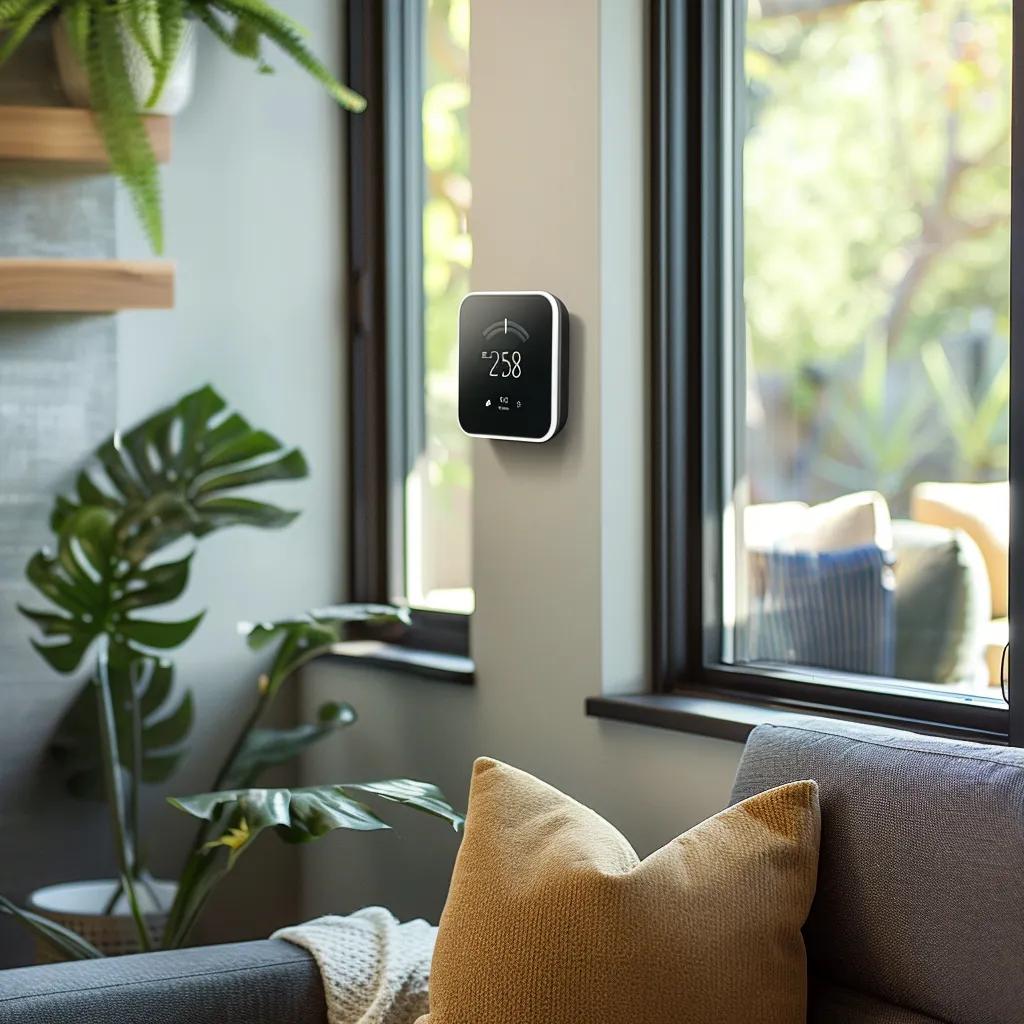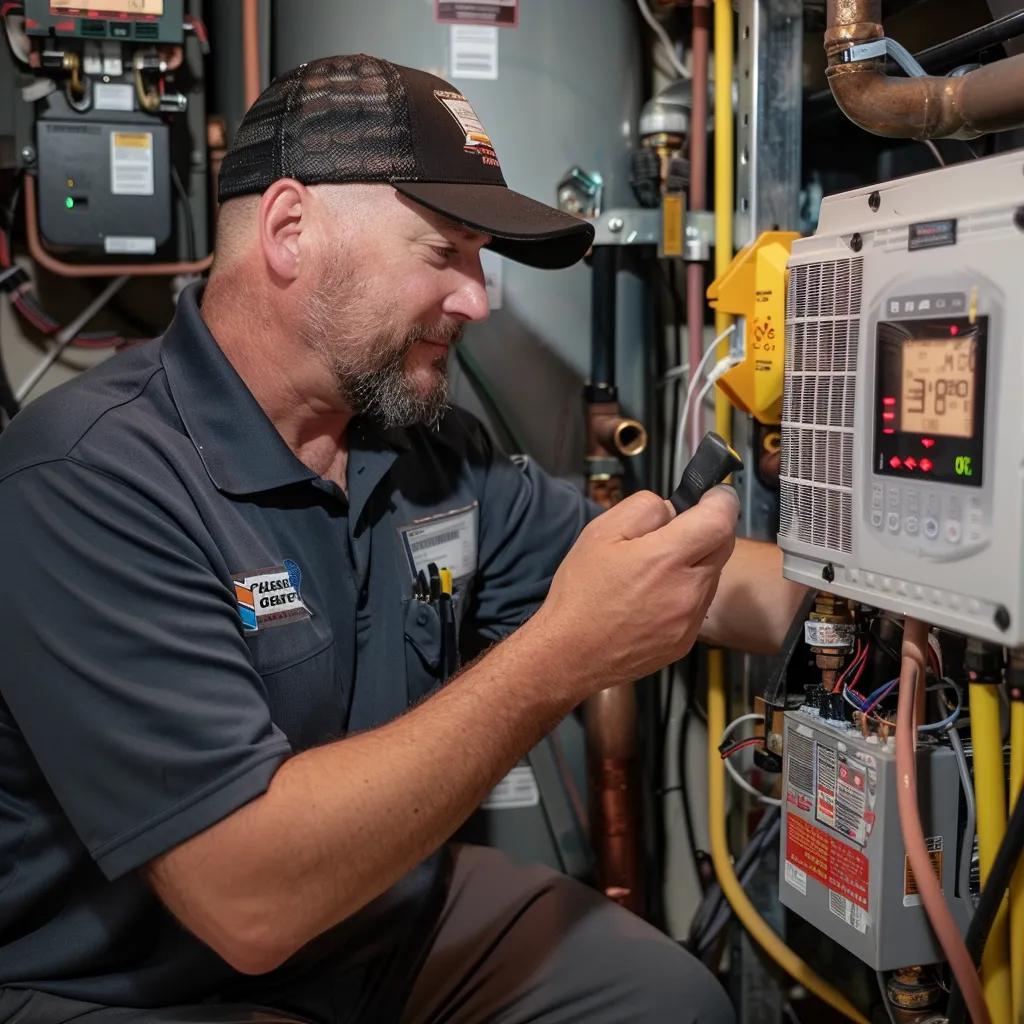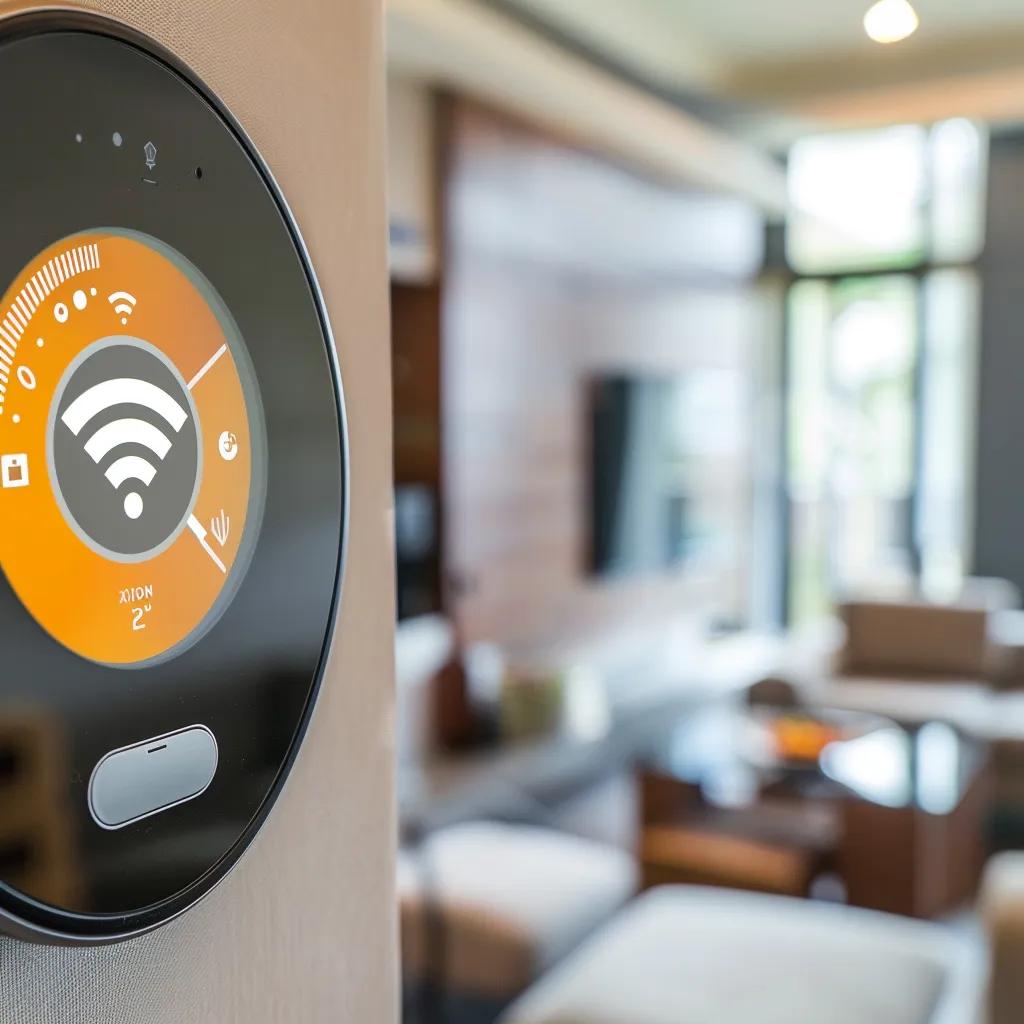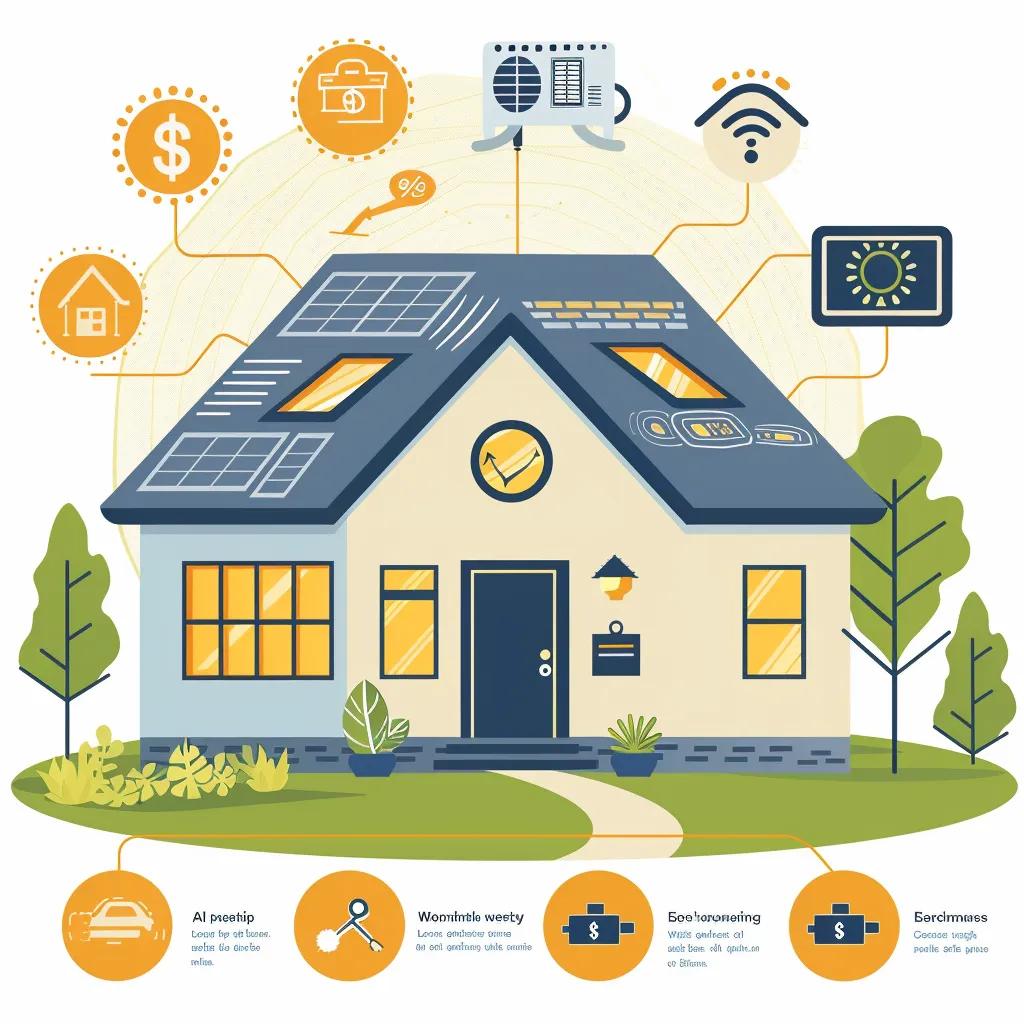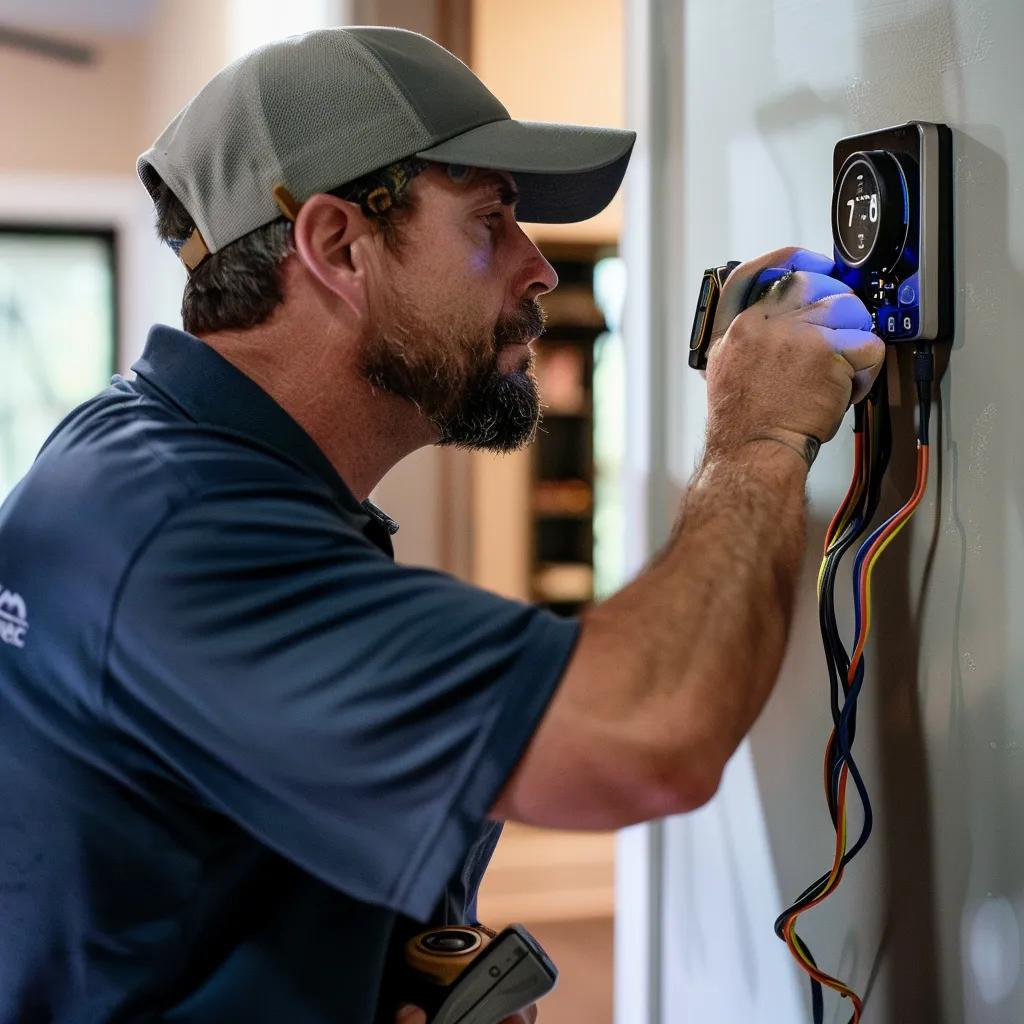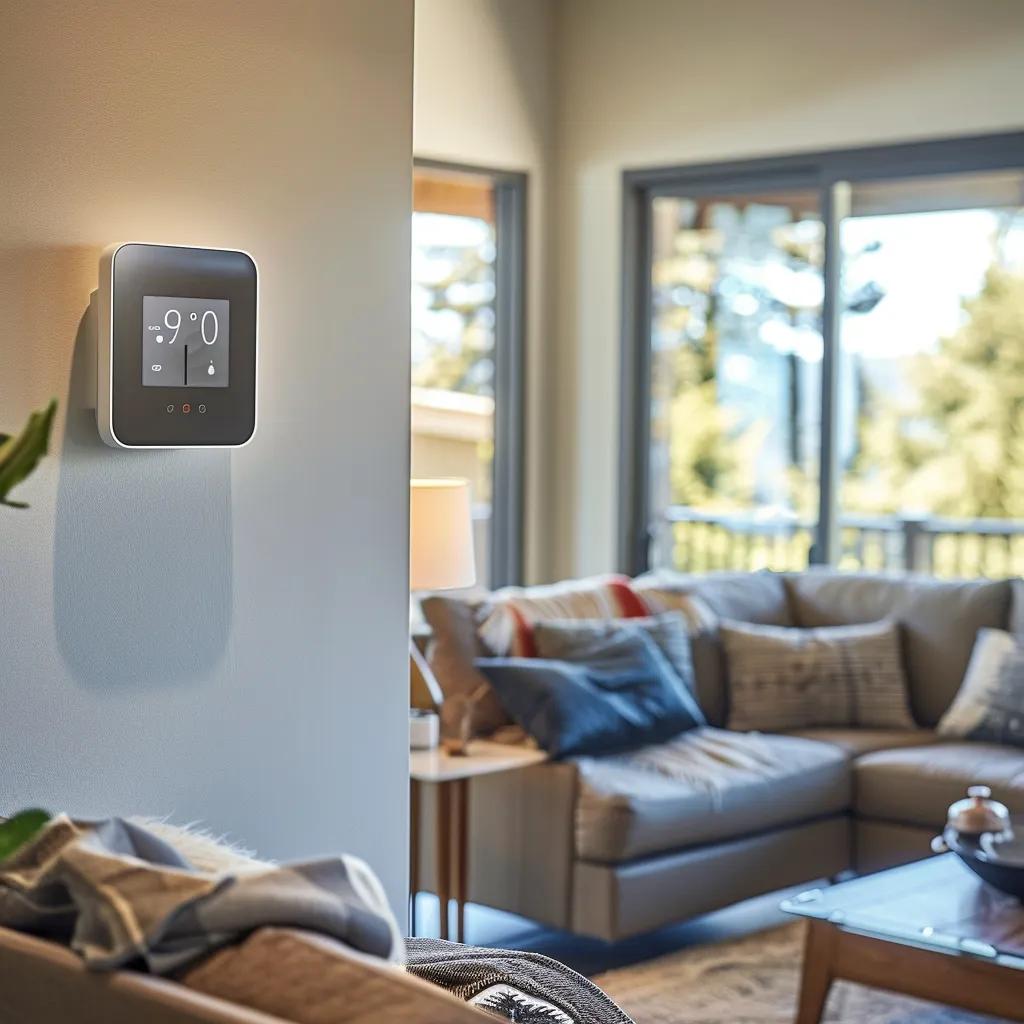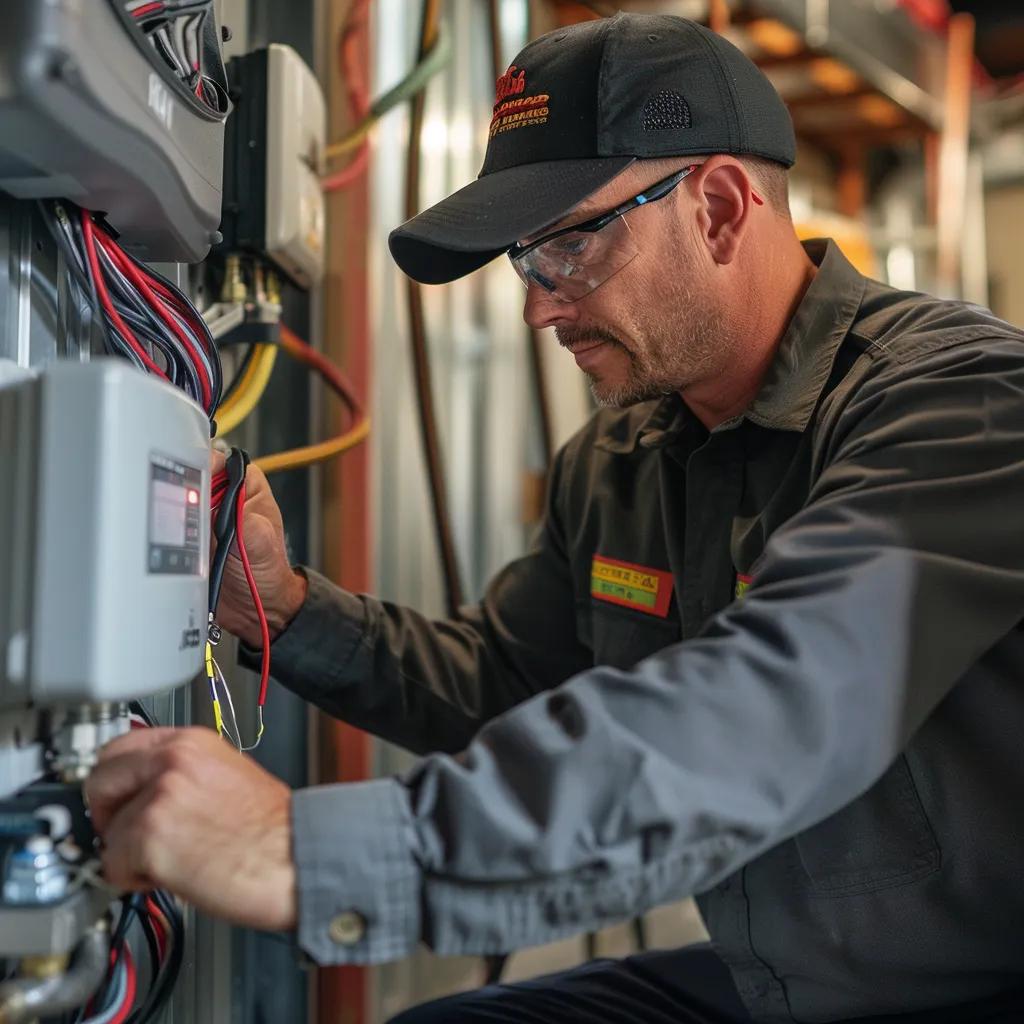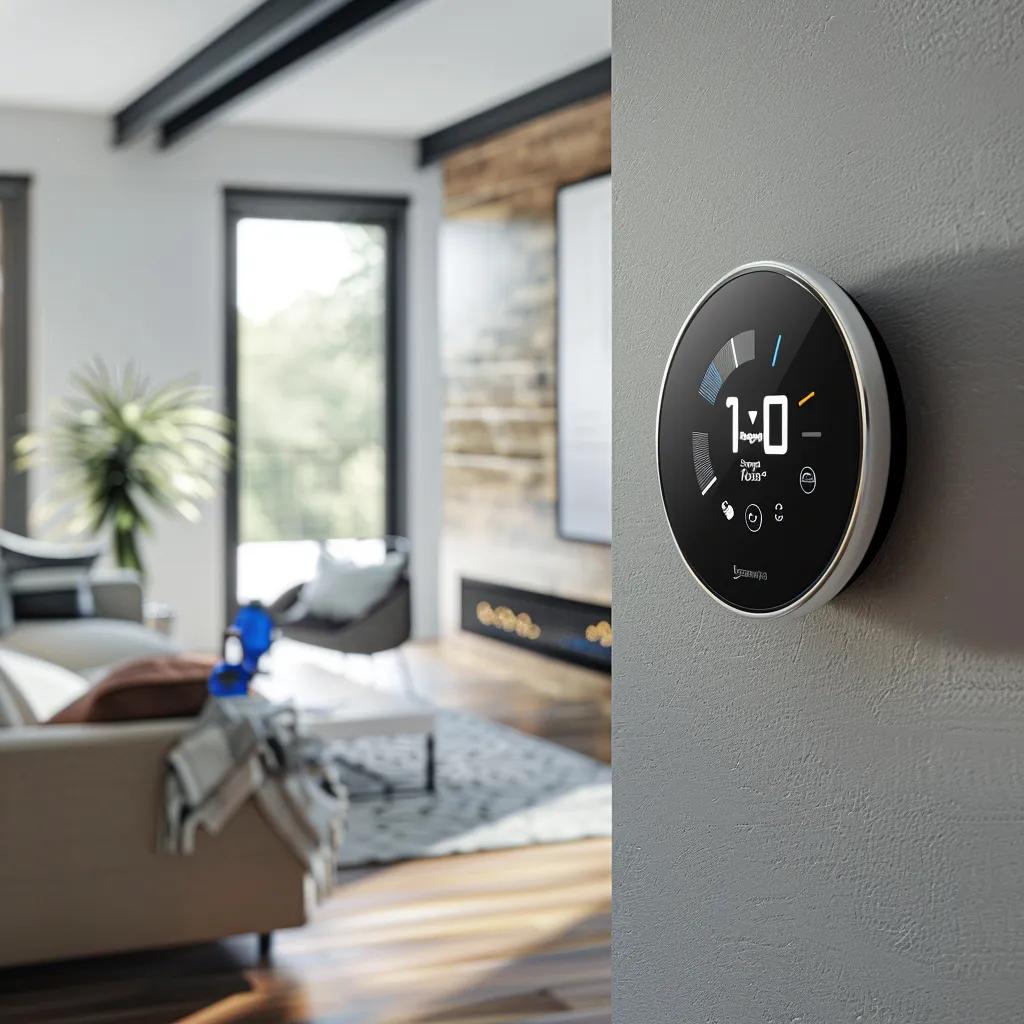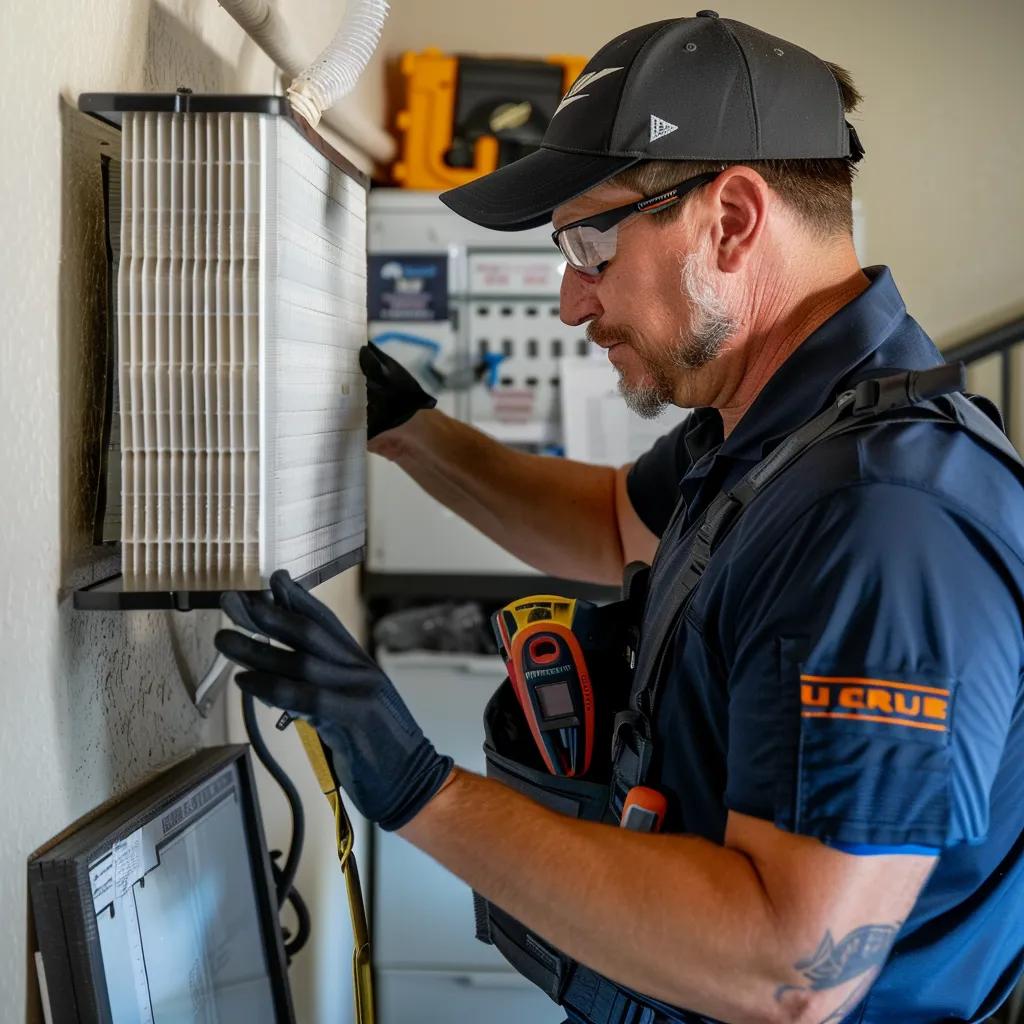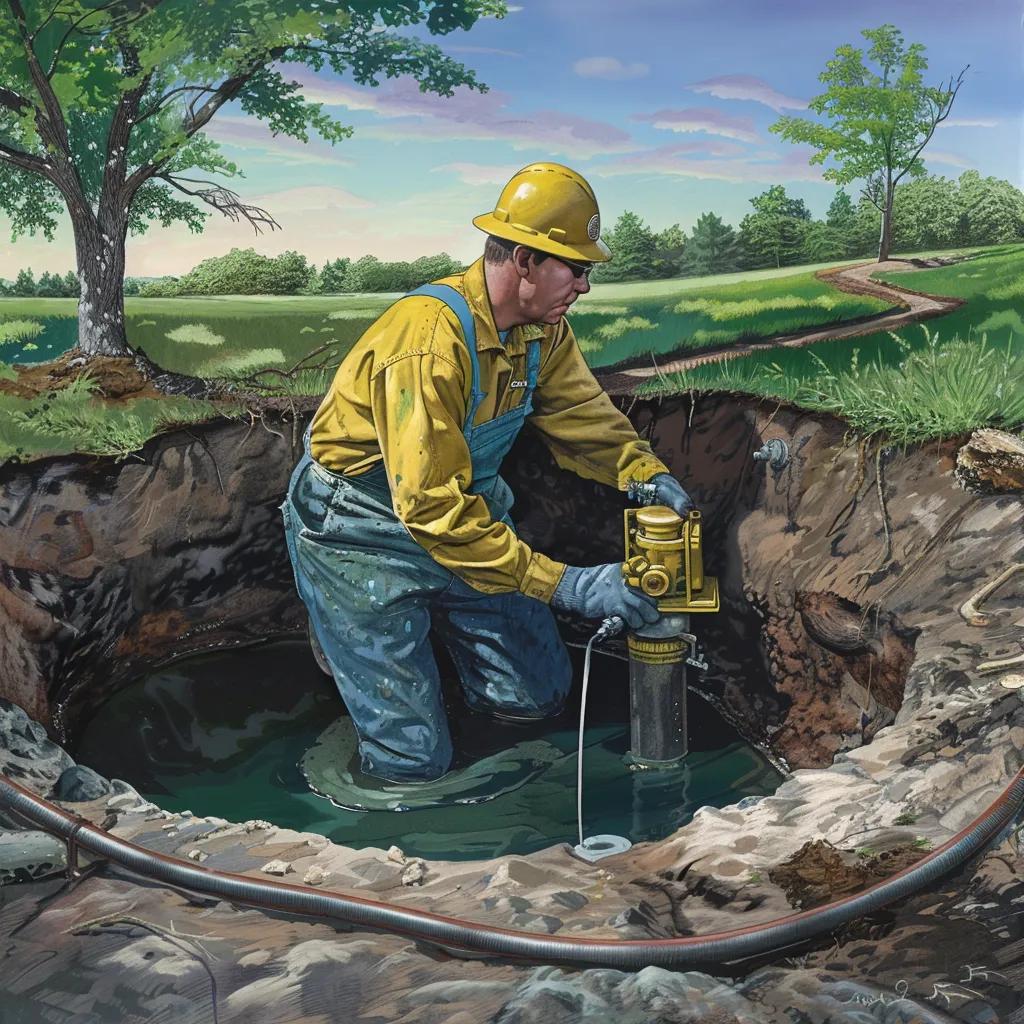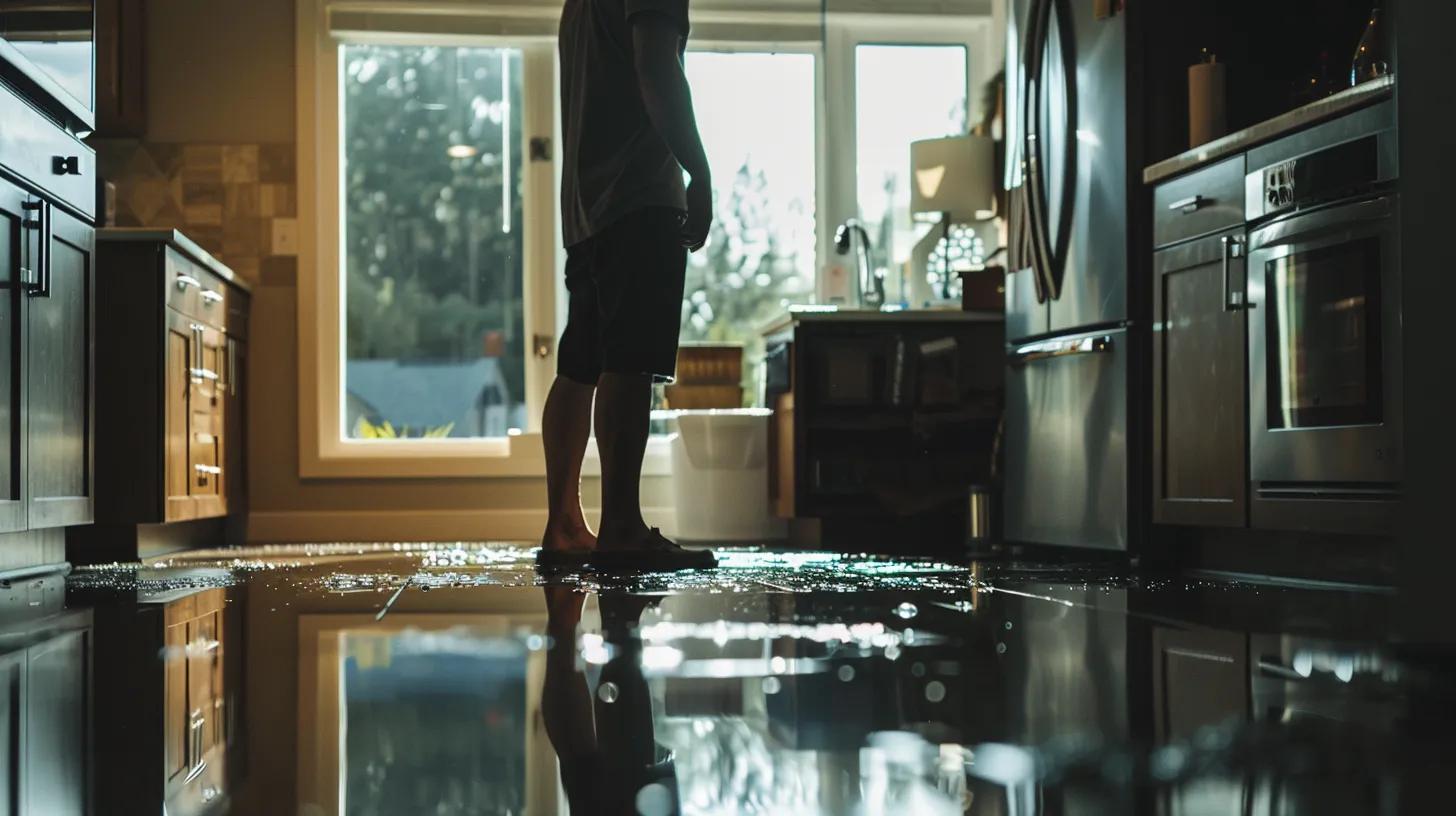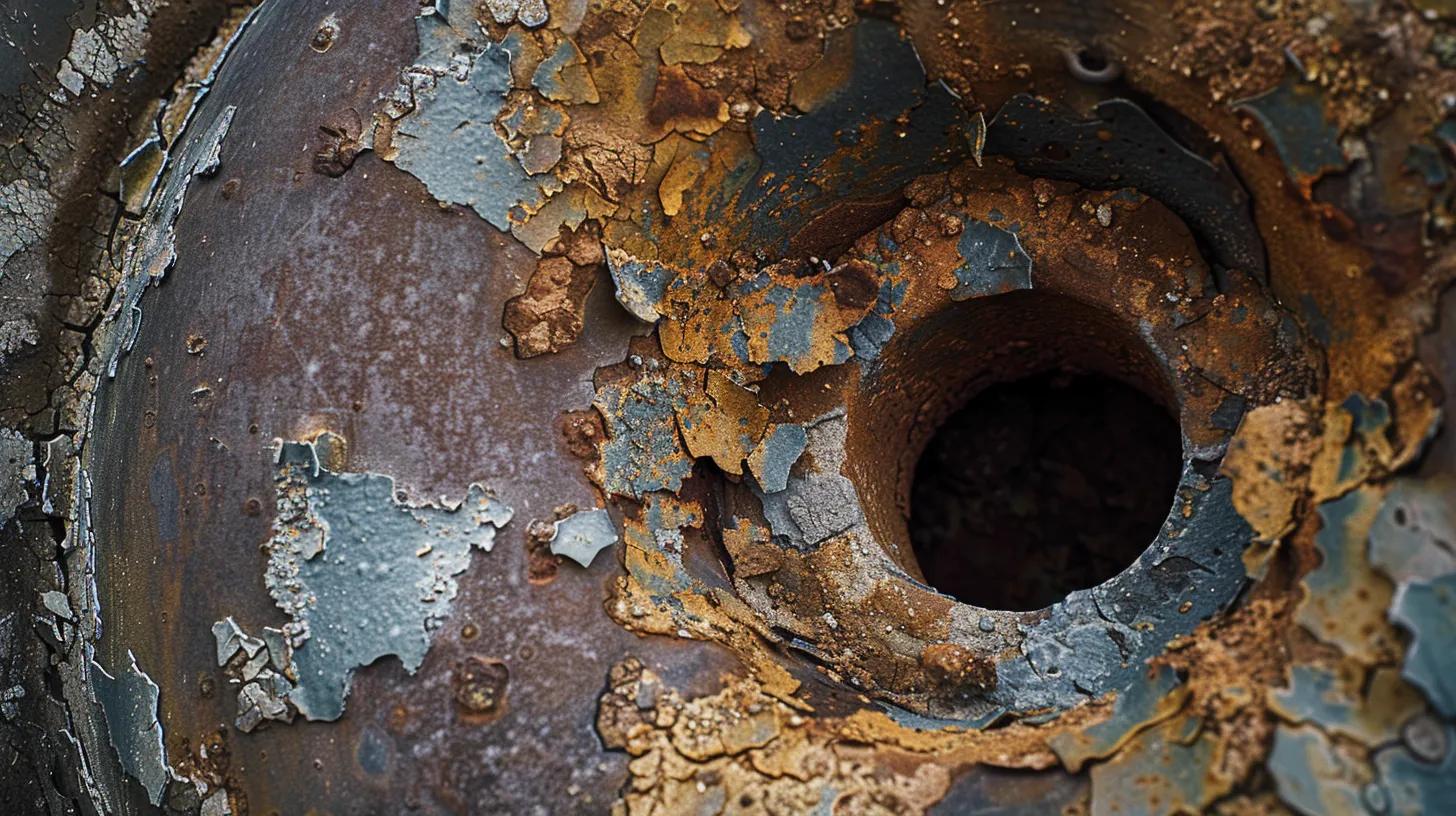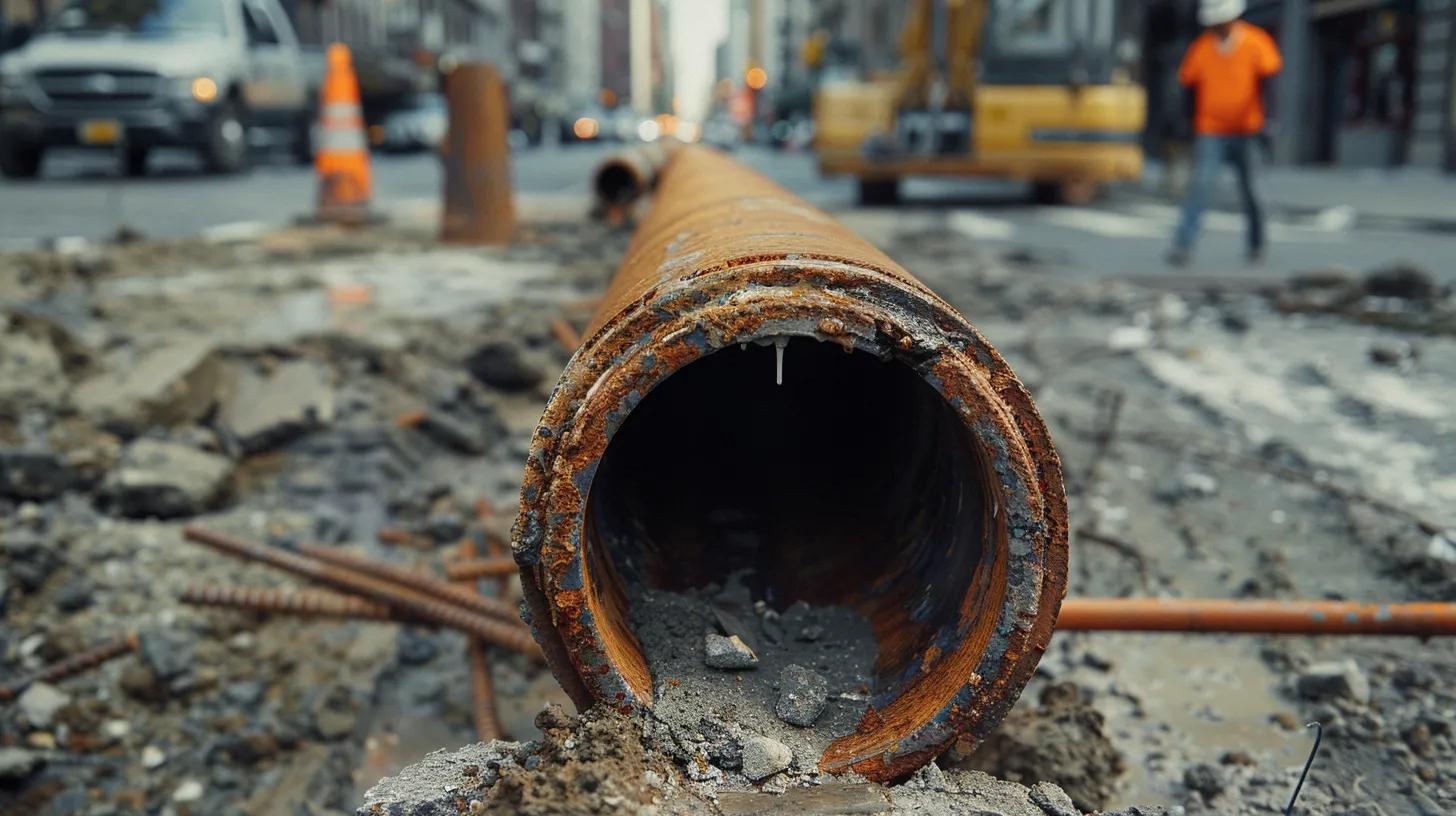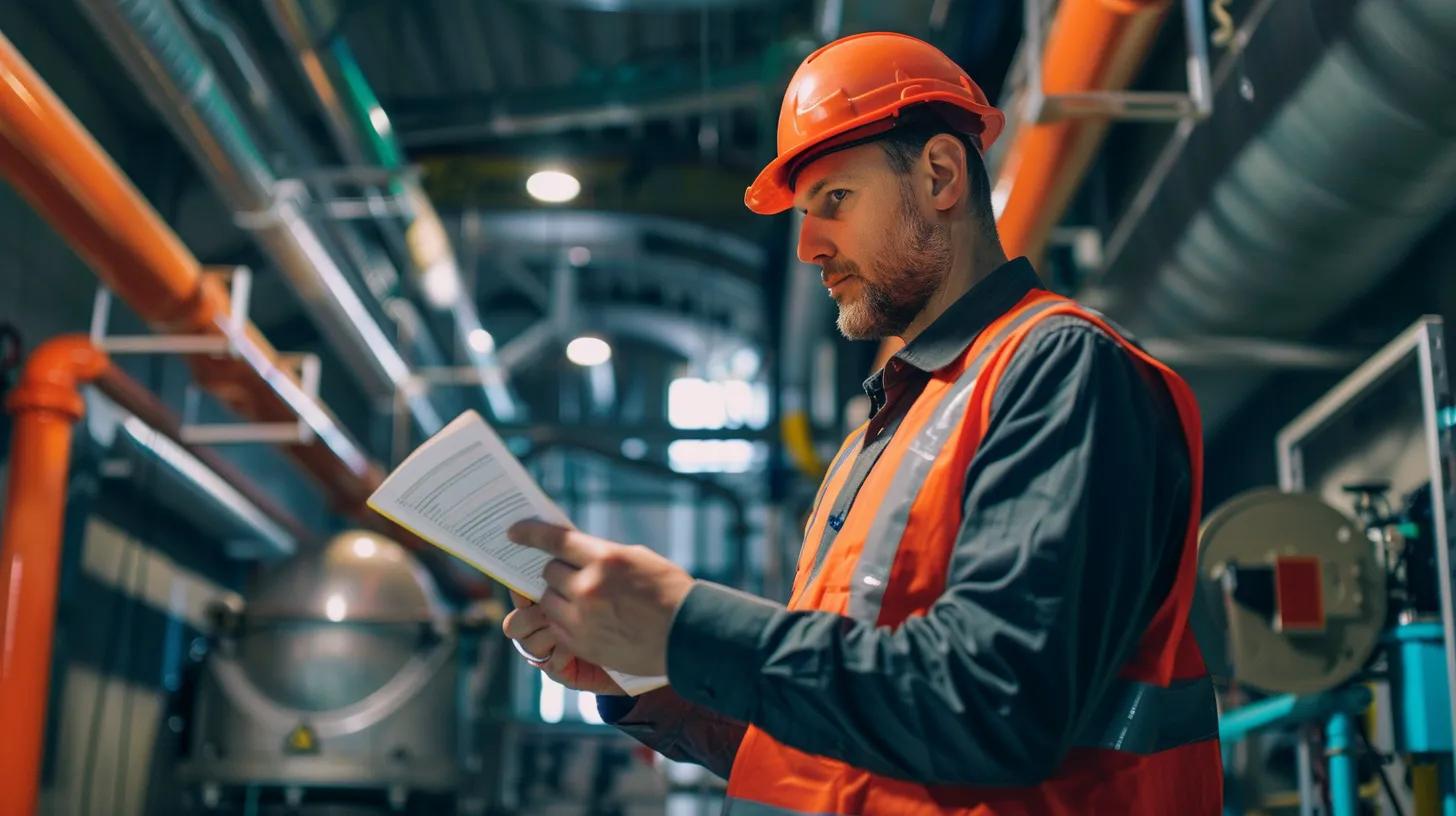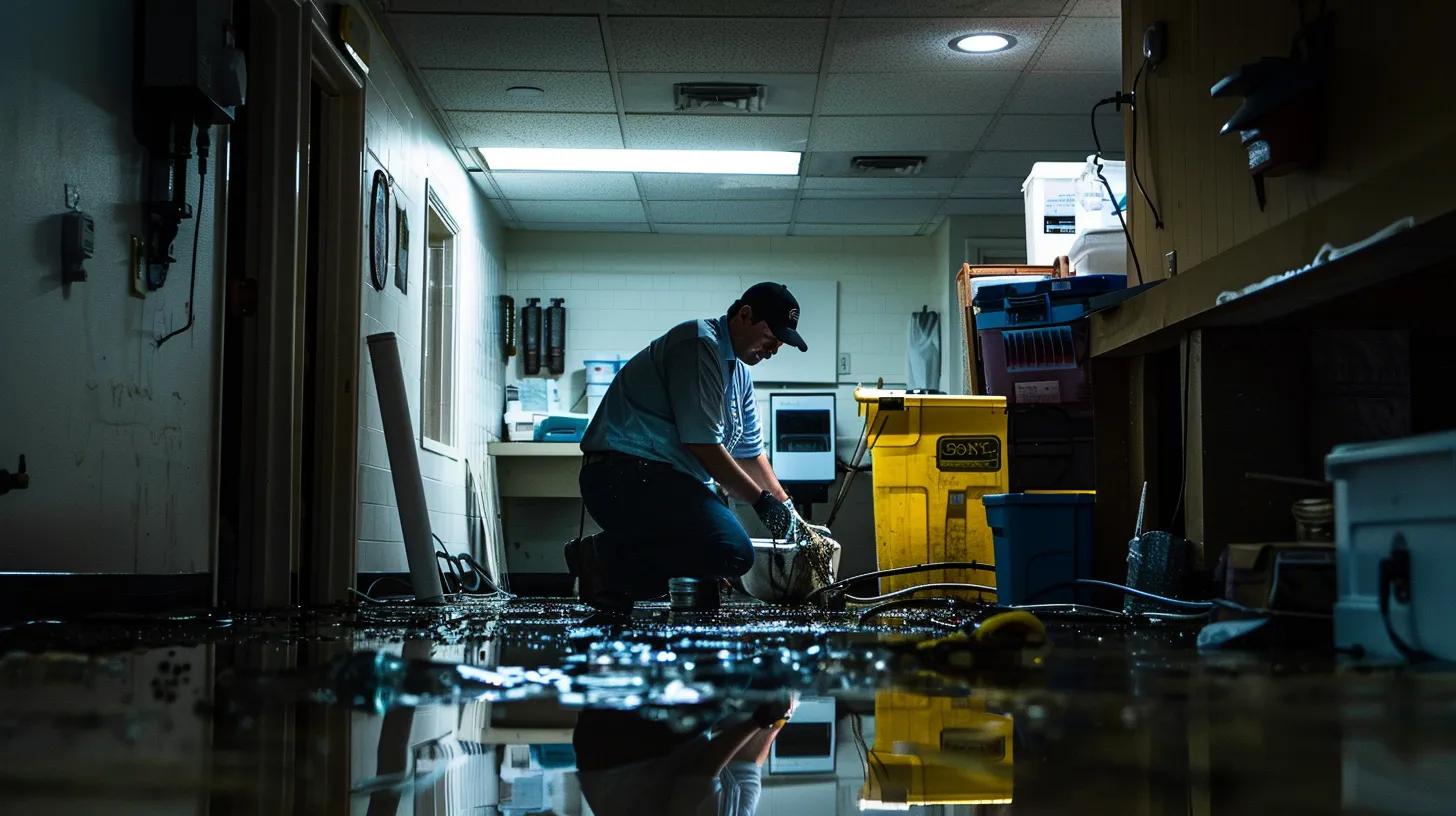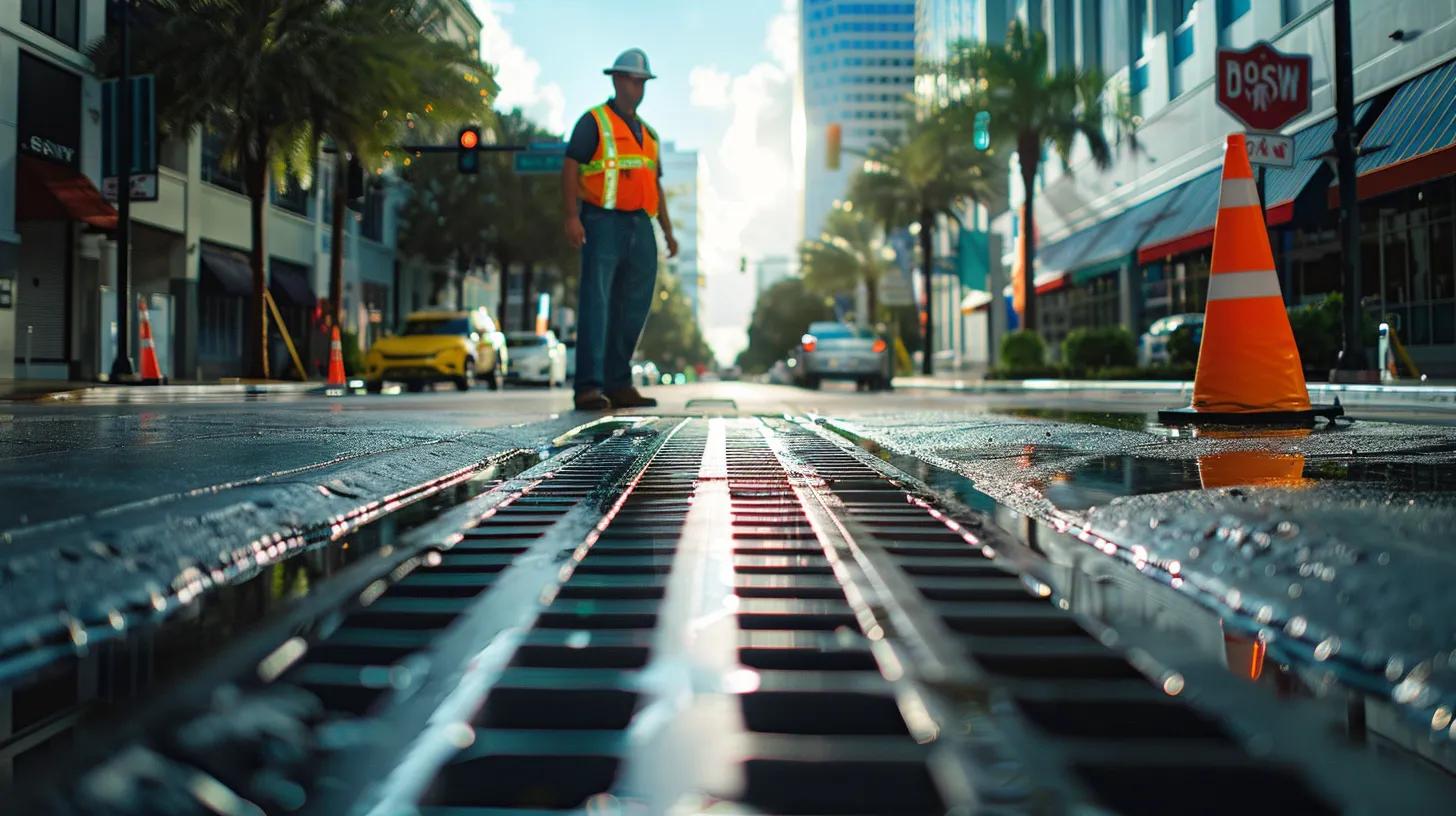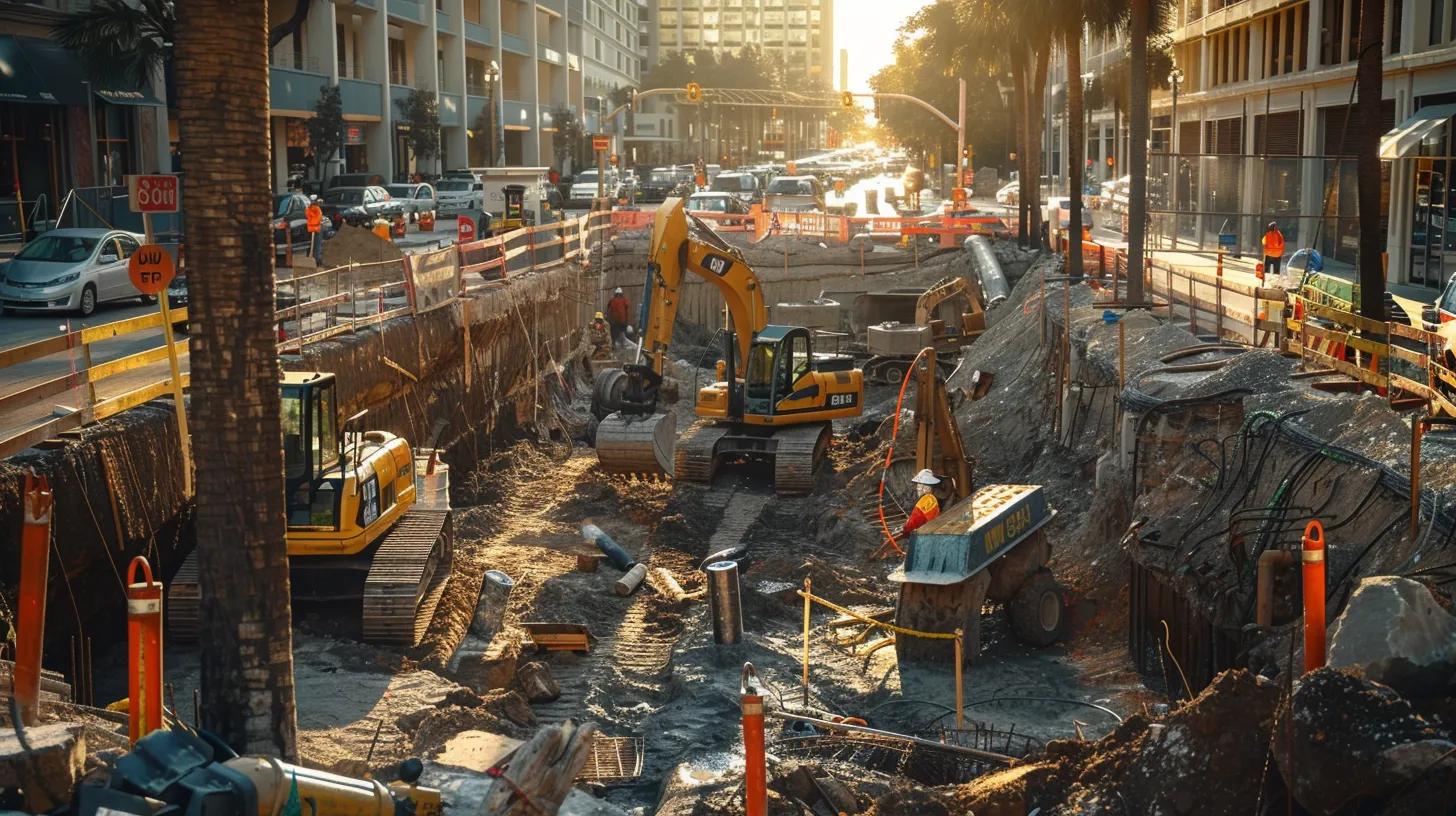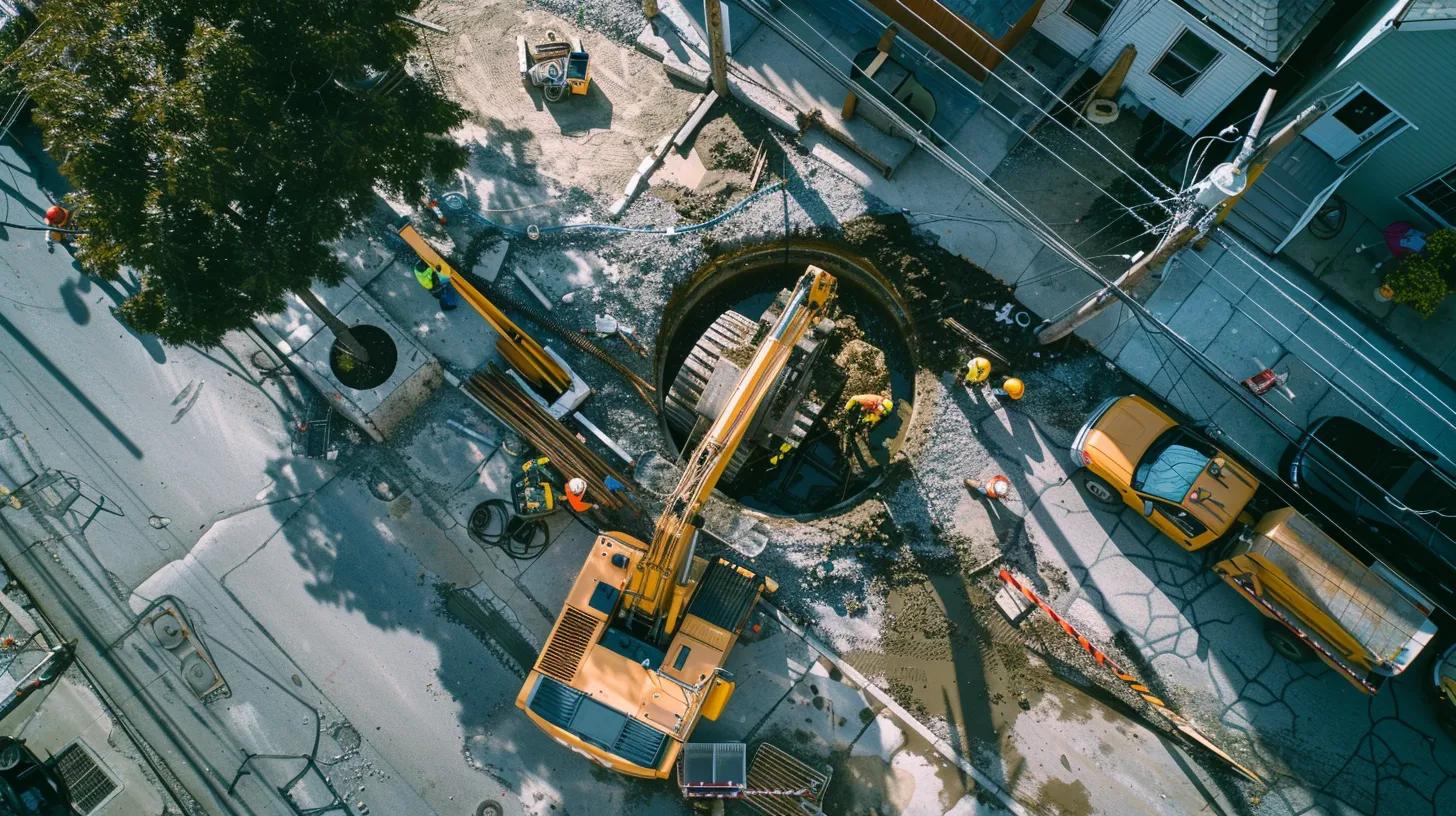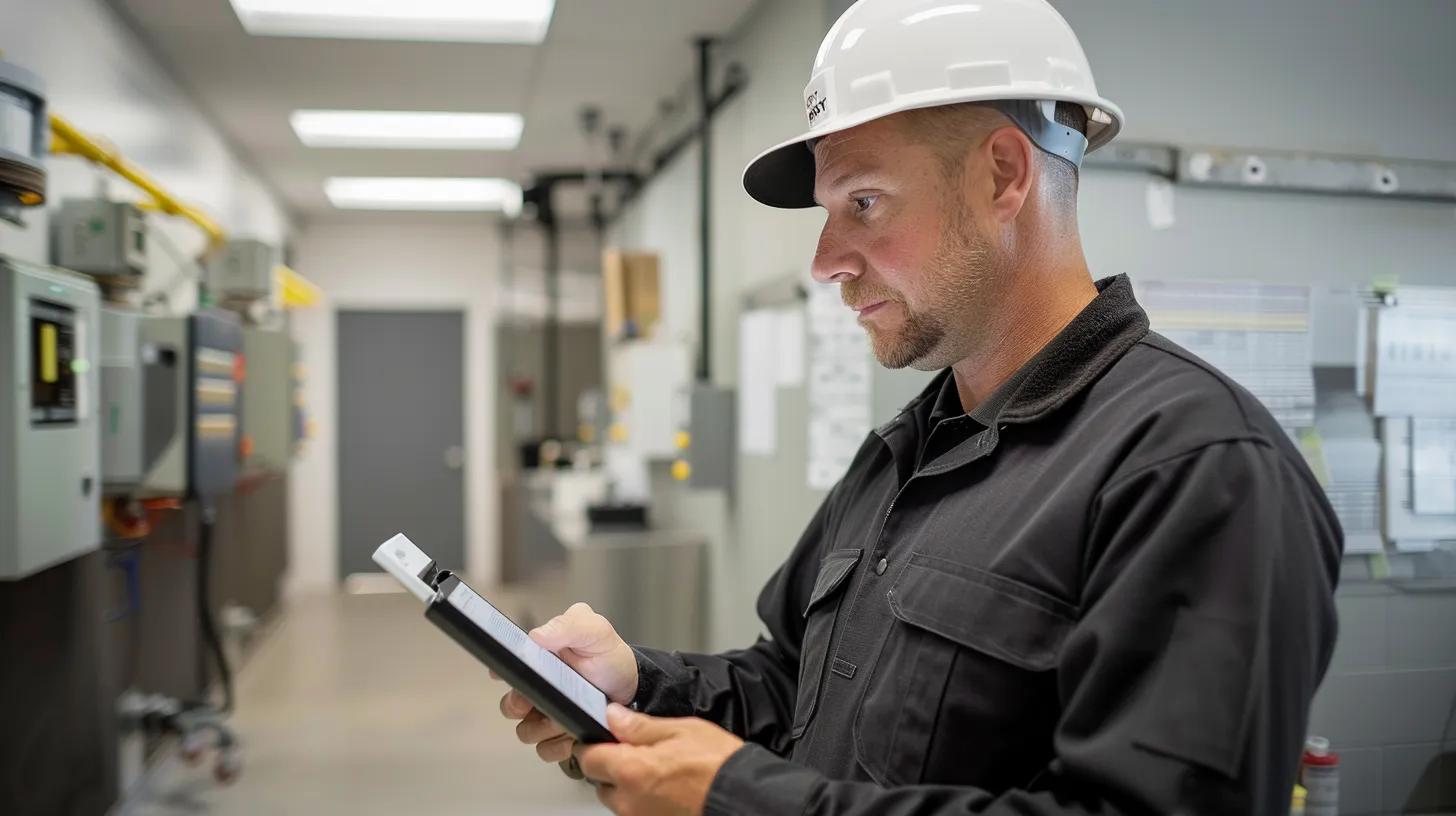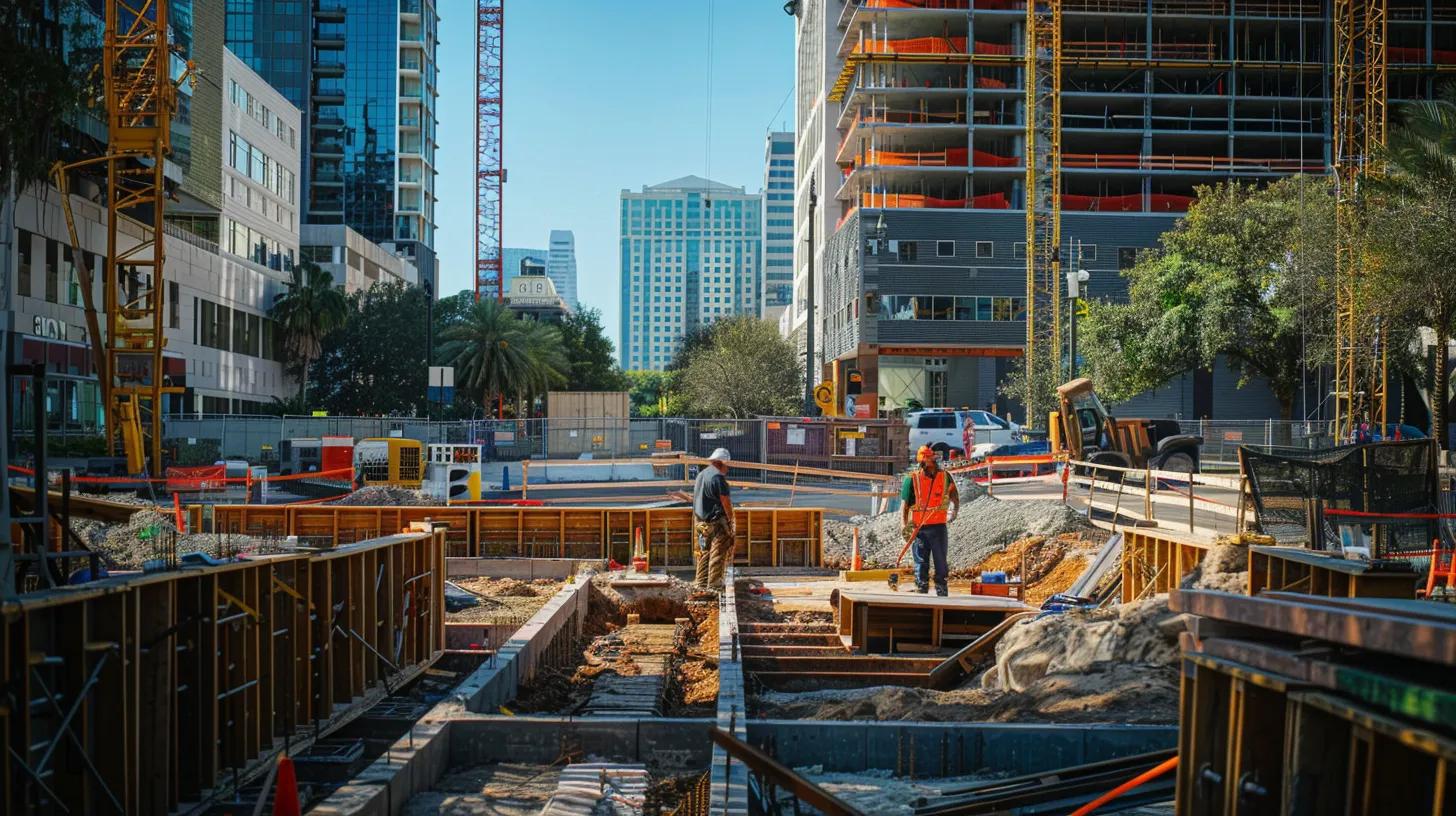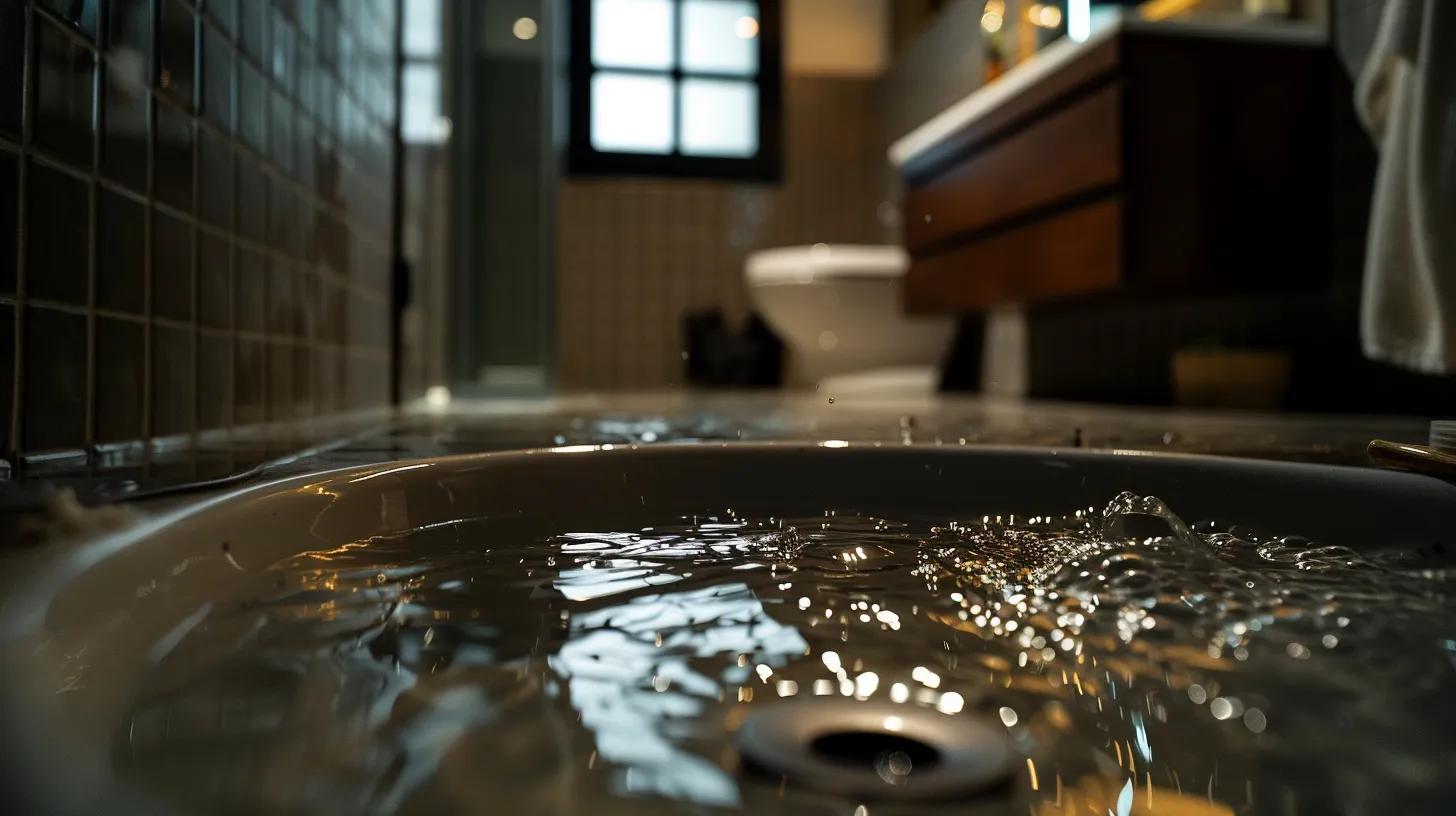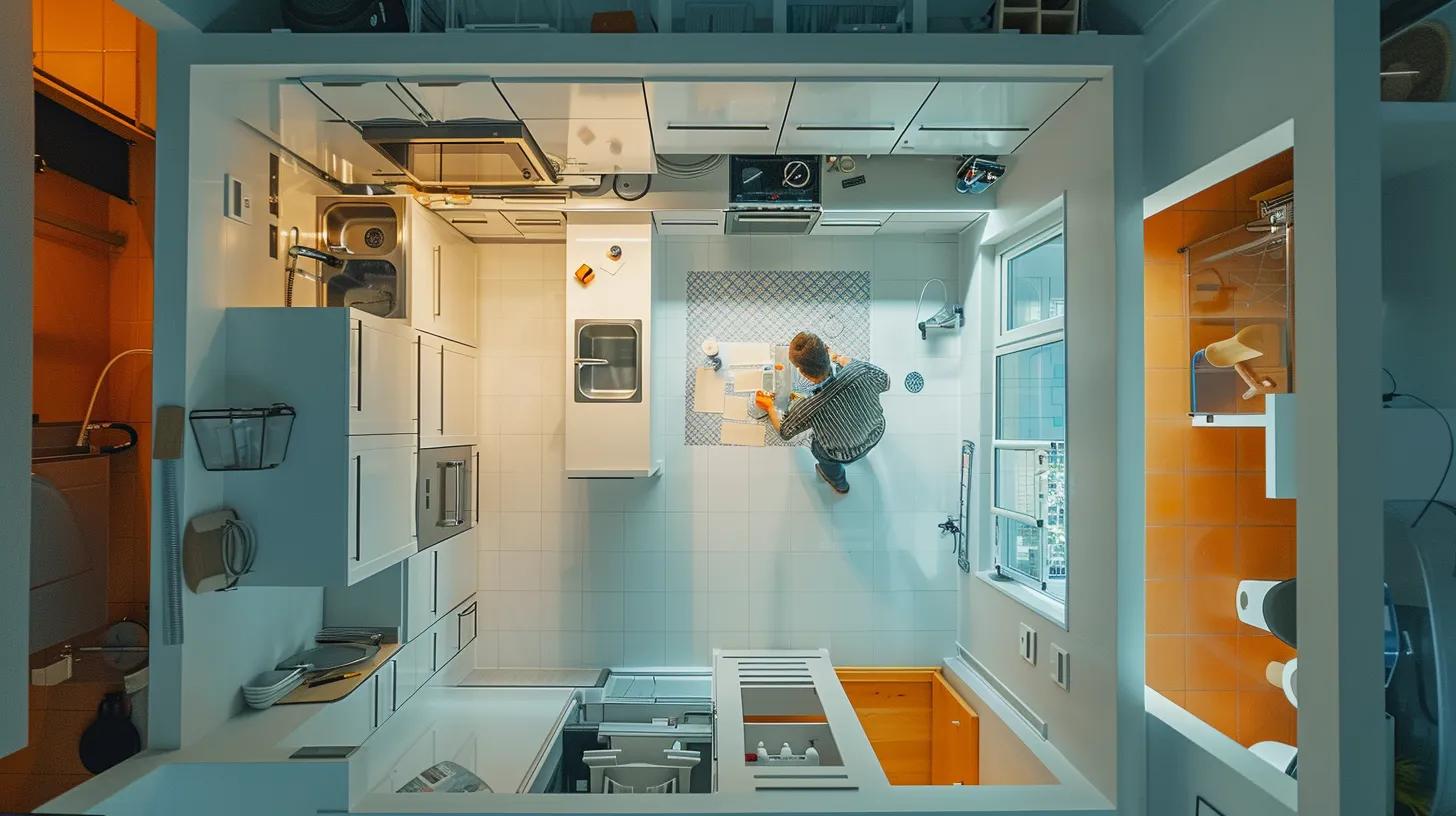Comparing Energy Efficiency: Smart Thermostats vs. Traditional Thermostats for Tampa Homeowners
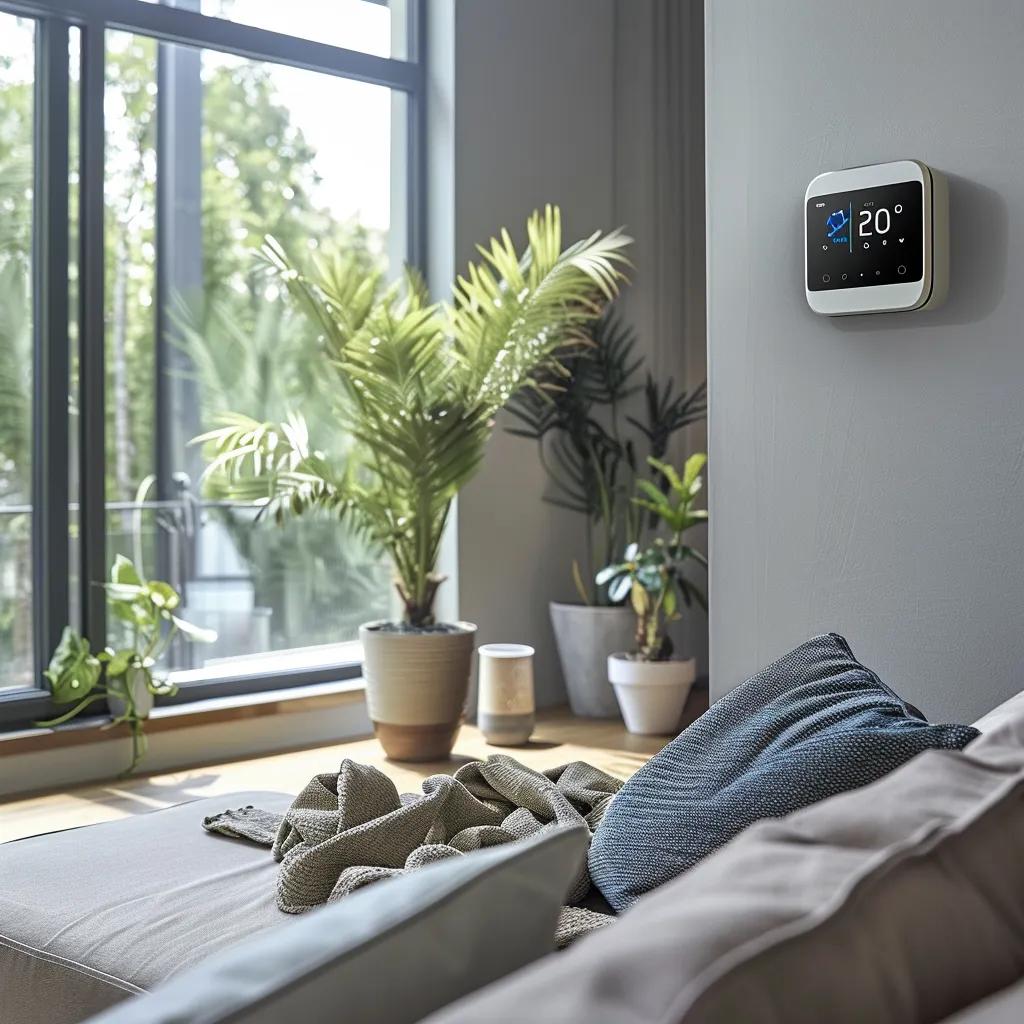
How Does the Energy Efficiency of Smart Thermostats Compare to Traditional Thermostats for Tampa Homeowners?

Rising energy bills in Tampa Bay often trace back to outdated thermostat controls, and choosing the right device can cut utility costs by 10–20 percent. Homeowners will learn how manual and programmable thermostats differ from Wi-Fi–enabled learning devices, what savings to expect in Florida’s humid subtropical climate, how comfort and air-quality management improve, why professional installation matters, and which factors guide the final decision. This comparison equips Tampa residents with clear data, local rebate information, and expert insights on maximizing HVAC efficiency through smart thermostat upgrades.
What Are the Key Differences Between Smart and Traditional Thermostats?
Smart thermostats leverage Wi-Fi connectivity and adaptive algorithms, while traditional thermostats rely on manual dials or fixed programming to control temperature and energy use.
Understanding these distinctions helps homeowners match technology to their needs before diving into specific controls.
- Control Method – Traditional thermostats require manual adjustments or simple time-based programming, whereas smart thermostats learn user habits and adjust schedules automatically.
- Installation Complexity – Basic models can be self-installed in minutes, while smart devices need proper wiring, system compatibility checks, and calibration for optimal performance.
- Data Insights – Smart thermostats provide real-time energy reports and usage alerts, in contrast to minimal feedback from standard models.
These core differences set the stage for exploring how each type actually regulates home temperature and energy.
How Do Traditional Thermostats Control Home Temperature?
Traditional thermostats maintain temperature by triggering heating or cooling based on setpoints, using simple on/off switches or basic programmable schedules. These devices sense ambient temperature via internal sensors and activate the HVAC system when the room drifts above or below the desired range. While reliable, they lack dynamic adaptation to occupancy or weather changes, leading to potential energy waste that smart alternatives address.
What Features Make Smart Thermostats More Energy Efficient?
Smart thermostats improve efficiency through learning algorithms, remote access, and multi-sensor coordination. They detect occupancy with motion or door sensors, adjust temperatures when homes are empty, and adapt schedules based on historical patterns. Wi-Fi connectivity enables real-time adjustments via smartphone apps or voice commands, eliminating unnecessary HVAC runtimes and promoting sustained energy savings.
Energy Savings with Smart Thermostats
Smart thermostats can lead to significant energy savings by adapting to user habits and automatically adjusting temperatures. These devices use learning algorithms and remote access to reduce unnecessary HVAC runtimes, potentially cutting energy costs.
This research supports the article’s claims about the energy-saving potential of smart thermostats.
How Do Smart Thermostats Adapt to Tampa’s Climate for Better Efficiency?
Smart thermostats tailor performance to Tampa’s heat and humidity using geofencing, humidity sensors, and adaptive recovery. Geofencing pauses climate control when homeowners leave the service area, while indoor humidity detection integrates with dehumidifiers to balance comfort and efficiency. This climate-aware approach ensures HVAC systems run only when needed, reducing runtime during high-load summer afternoons and cutting overall energy consumption.
Impact of Climate on Thermostat Savings
Tampa’s climate, characterized by high temperatures and humidity, amplifies the benefits of smart thermostats. The extended cooling season and high energy rates in the area increase the potential for savings through efficient HVAC operation.
This information reinforces the article’s discussion on how local climate conditions affect the financial benefits of smart thermostats.
How Much Energy and Cost Savings Can Tampa Homeowners Expect from Smart Thermostats?
Smart thermostats typically deliver double-digit efficiency gains, translating into meaningful utility bill reductions for Tampa residents. Quantitative comparisons illustrate the financial impact.
Even modest efficiency gains with a smart thermostat translate into noticeable utility savings in Tampa’s climate.
What Are the Typical Energy Savings Percentages for Smart Thermostats?
ENERGY STAR certified smart thermostats can cut heating and cooling costs by 8–10 percent on average, with full learning models reaching up to 20 percent savings. This range reflects adaptive scheduling, optimized setpoint adjustments, and runtime minimization that outperform fixed-schedule controls.
How Do Tampa’s Energy Rates and Climate Affect Thermostat Savings?
Tampa’s average residential rate (around $0.12 per kWh) and extended cooling season amplify the value of efficiency improvements. Higher summer temperatures drive longer HVAC runtimes, so a 10 percent reduction in runtime can save $80–$120 annually, while humidity control further curbs compressor cycles and peak-demand charges.
What Local Rebates and Incentives Are Available for Smart Thermostat Installation?
- Tampa Electric Rebate – Offers up to $22 for ENERGY STAR certified smart thermostats.
- Federal Efficiency Tax Credit – Provides up to $50 deduction for qualifying smart thermostat installations.
- Florida Public Utilities Program – Offers $100 rebate on eligible high-efficiency HVAC upgrades.
Leveraging these incentives reduces upfront costs and accelerates payback periods, making smart thermostat adoption more accessible.
How Do Smart Thermostats Enhance Home Comfort and Control Compared to Traditional Models?
Smart thermostats foster greater convenience, precise scheduling, and improved indoor-air management, elevating everyday comfort beyond basic temperature control.
Remote access and automated scheduling streamline daily routines.
Indoor-air quality sensors manage humidity and ventilation to reduce mold risk.
Compatibility with major smart home platforms simplifies voice and app-based control.
What Remote Access and Scheduling Features Improve Energy Efficiency?
Smart thermostats deliver remote adjustments via smartphone, tablet or web portal, enabling homeowners to raise setpoints instantly when away and lower them before arriving. Integrations with calendar apps and occupancy detection automate schedules, eliminating manual overrides and maximizing off-peak HVAC use.
Smart Thermostat Features and Benefits
Smart thermostats offer features like remote access, automated scheduling, and integration with smart home ecosystems, enhancing convenience and control. These features allow homeowners to manage their home’s climate more efficiently and improve indoor air quality.
This citation supports the article’s discussion of the features and benefits of smart thermostats, including remote access and integration with smart home systems.
How Do Smart Thermostats Help Manage Indoor Air Quality and Humidity in Tampa Homes?
Built-in humidity sensors trigger dehumidification or auxiliary ventilation when moisture levels exceed comfort thresholds. Some models integrate with air-purification or ventilation systems to circulate fresh air, reducing allergens and improving overall air quality while maintaining efficient HVAC operation.
Which Smart Home Ecosystems Are Compatible with Popular Smart Thermostats?
Integration across these ecosystems consolidates control, ensuring every family member can maintain comfort efficiently.
Why Is Professional Installation and Maintenance Important for Smart Thermostat Efficiency in Tampa?

Professional setup and recurring system tune-ups ensure smart thermostats deliver peak performance, avoiding miswiring, calibration errors, and system mismatches that can negate efficiency gains.
What Are the Benefits of Professional Smart Thermostat Installation?
Expert technicians verify HVAC compatibility, secure proper C-wire connections, calibrate sensors, and optimize equipment settings. This precision prevents short-cycling, incorrect readings, and software malfunctions that undercut energy savings.
What Common Thermostat Issues Affect Energy Efficiency?
Faulty wiring, loose sensor placement, and outdated firmware can cause temperature swings, constant HVAC operation, or failure to engage energy-saving modes. Addressing these issues prevents wasted runtime and unreliable comfort levels.
How Does Regular HVAC Maintenance Support Thermostat Performance?
Routine inspections, filter changes, and refrigerant checks preserve system efficiency and provide accurate thermal responses. Well-maintained ducts and coils complement smart thermostat algorithms, ensuring setpoints translate into real-world comfort and savings.
How Should Tampa Homeowners Choose Between Smart and Traditional Thermostats?
Selecting the right thermostat hinges on budget, desired features, technical comfort level, and existing HVAC compatibility.
What Factors Should Influence Thermostat Selection?
- Budget Constraints – Traditional models cost $20–$50, while smart units range $150–$250 plus installation.
- Desired Functionality – Remote control, learning algorithms, humidity sensing, and integration needs vary by household routines.
- HVAC System Type – Some older or multi-stage systems require professional compatibility assessment before upgrade.
Evaluating these factors clarifies whether a smart thermostat’s premium features justify the investment.
How Do Popular Smart Thermostat Brands Compare for Tampa Homes?
Comparing these attributes reveals which model best aligns with Tampa lifestyles and technical preferences.
When Is It Time to Upgrade from a Traditional to a Smart Thermostat?
Homeowners noticing rising bills, frequent thermostat overrides, or yearning for remote control should consider upgrading. If a system is over five years old or lacks C-wire support, a professional evaluation ensures seamless integration and immediate efficiency benefits.
Embracing a smart thermostat upgrade delivers measurable energy savings, enhanced comfort, and greater HVAC control tailored to Tampa’s climate. Schedule a consultation today to explore professional installation and unlock your home’s full efficiency potential with callhometherapist.com.


